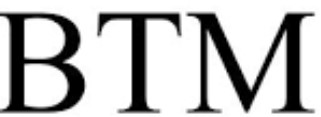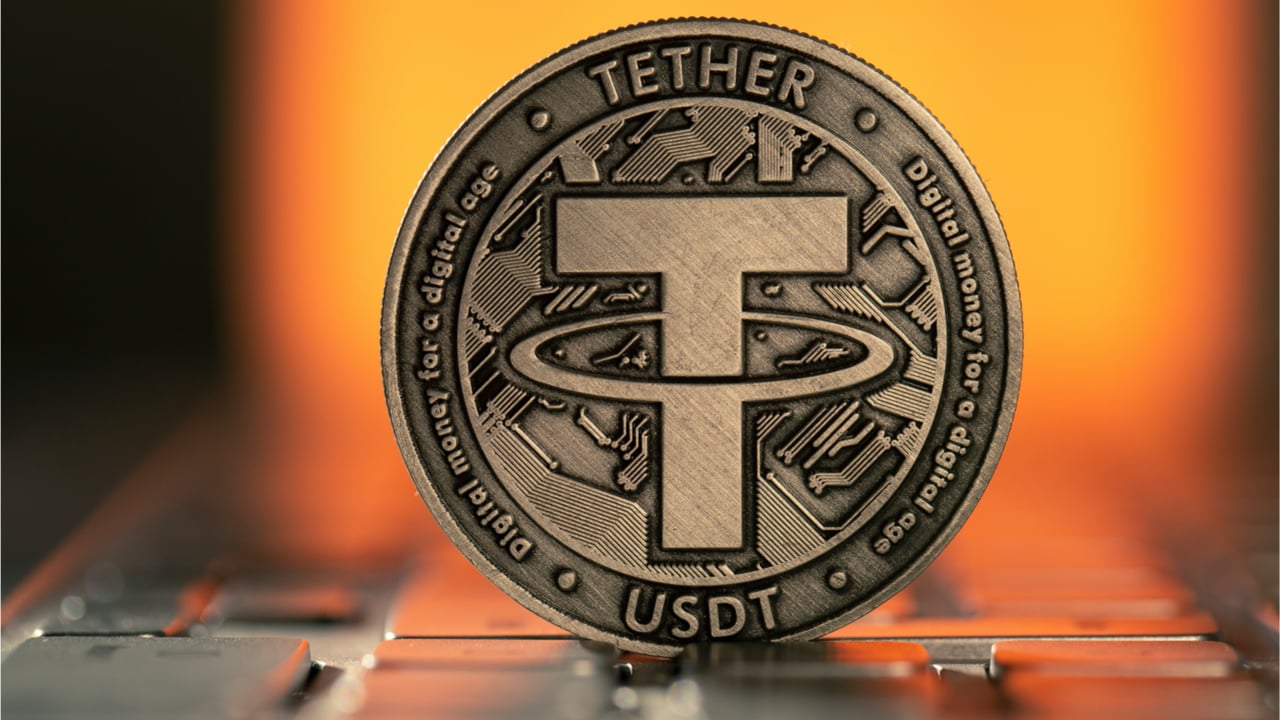With a user base of almost five million and increasing Tether’s USDT, stablecoin has quickly become a force to be reckoned with in the volatile crypto world. Its reliability in the usually unstable crypto space has led to widespread adoption and use. So, let’s discuss: what exactly is USDT, and how does it affect the future of the rapidly developing crypto market?
Basics Of USDT
Stablecoins are a special kind of crypto coins that aim to reduce price swings. A stablecoin’s worth is backed by a fixed pool of assets, unlike volatile cryptocurrencies like BTC and ETH. One example is a fiat currency, such as the US dollar or Euro, or a basket of commodities.
This method ensures that the value of each coin remains consistent despite the inherent unpredictability of crypto markets, making cryptocurrencies a practical medium of exchange. The USDT token issued by Tether is an excellent example of a stablecoin since its value has always been pegged to that of the US dollar.
For each USDT in circulation, a dollar is set aside. Because of this pegging process, USDT is protected from the market volatility that plagues other digital currencies.
Exploring USDT’s Use Cases: The Secret to Its Popularity
Given its real-world advantages, USDT has become a serious contender in the crypto market. It can be used for:
Streamlining Cross-Border Payments
Traditional banking systems can make international transactions complex and costly, involving intermediaries, wire charges, and currency conversion costs. Tether disrupts this model by providing an efficient, economical alternative.
With USDT, users can bypass currency conversion charges, minimize settlement times, and significantly reduce transaction costs. It’s worth noting that USDT transactions are irreversible, and financial institutions can’t restrict immediate access to the funds. This makes USDT a practical choice for businesses and individuals operating internationally.
Boosting Trading and Liquidity
USDT’s stability lends itself well to crypto trading. Its frequent use as a trading pair with other crypto coins underscores its importance in digital asset exchanges.
Traders often swap their assets to USDT as a buffer against market fluctuations, providing them a digital “safe haven.” This allows them to remain within the crypto ecosystem without reverting to fiat currencies.
Moreover, USDT plays a pivotal role in maintaining liquidity in crypto exchanges, allowing traders to transact in large volumes of digital assets without causing substantial price alterations.
Enabling DeFi Transactions
With the recent exponential growth in the DeFi sector, USDT has been instrumental. DeFi platforms often rely on stablecoins like USDT for lending, borrowing, yield farming, liquidity mining, and more.
Given its stability and broad acceptance, USDT serves as a reliable form of collateral and a medium of exchange in these DeFi protocols, driving the expansion and diversification of DeFi services.
Safeguarding Value and Mitigating Volatility
USDT also serves as a store of value and a buffer against market volatility. The notorious volatility of cryptocurrencies can erode value swiftly. Investors seeking protection against such fluctuations find a viable solution in USDT.
By shifting their volatile crypto assets to USDT, investors can “park” their value in a stable digital asset, shielding themselves from potential losses during market upheavals. This makes USDT an essential tool for managing risk in crypto portfolios.
Understanding the Risks of USDT Stablecoin
Tether’s USDT stablecoin, like all financial assets, carries certain inherent risks that users should be aware of. These risks mainly revolve around concerns about the token’s underlying reserves, crucial to maintaining its peg to the US dollar.
Building Transparency and Trust
Since its launch in 2014, Tether has been plagued by doubts regarding its reliability as currency. These concerns are grounded on the fact that the firm has not always provided audited financial statements to investors and lenders. In response, starting in 2017, Tether began publishing BDO Italia’s independent audits of its reserves.
However, these certifications aren’t in-depth audits. Tether claims that 82% of its reserves are in cash and cash equivalents, but it hasn’t revealed any information on these assets that may reveal the degree of risk associated with the collateral.
These worries are compounded by the fact that Tether and its subsidiary Bitfinex have been the subject of legal inquiry and previous sanctions. The Justice Department of the United States is still looking into Tether’s operations.
Potential Market Stress Vulnerability
Tether’s peg to the US dollar suggests that USDT is always worth $1, leading many crypto investors to treat it like a bank. However, unlike banks, Tether does not provide deposit insurance. This leaves USDT vulnerable to potential runs if confidence in its dollar peg wavers during market stress periods.
Regulatory Challenges
Regulators have voiced concerns about stablecoins due to their operation at the intersection of the largely unregulated crypto world and traditional finance. These concerns stem from lessons learned from the 2008 financial crisis, when US money-market funds failed to uphold their $1-per-share pledge, prompting Federal Reserve intervention.
Examining USDT’s Influence: Current and Future Perspectives
Currently, Tether’s USDT reigns as the dominant stablecoin, with a circulation nearing $85 billion, outperforming its closest rival, Circle’s USDC, which circulates about $30 billion. Only Bitcoin and Ether outstrip Tether in market value among all cryptocurrencies. USDT’s widespread use has made it simpler for traders and investors to enter and exit the cryptocurrency market, spurring growth across the sector.
Furthermore, USDT’s significance in the DeFi sector cannot be overstated. It enables users to lend and borrow cryptocurrencies without being exposed to market volatility. Many DeFi applications accept USDT for transactions and as loan collateral, solidifying its position as the premier stablecoin in the DeFi market.
Final Thoughts
USDT has emerged as the standard for stablecoin transactions, profoundly impacting the cryptocurrency industry. Its wide acceptance offers investors a dependable choice in the face of market volatility. Its contribution to the growth of DeFi applications is considerable. Thus, USDT will continue to play a major role in shaping digital payments and the overall cryptocurrency market.


